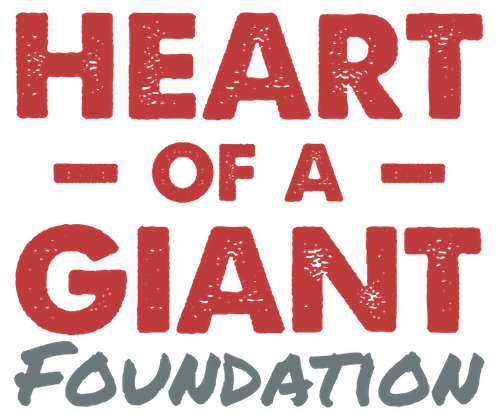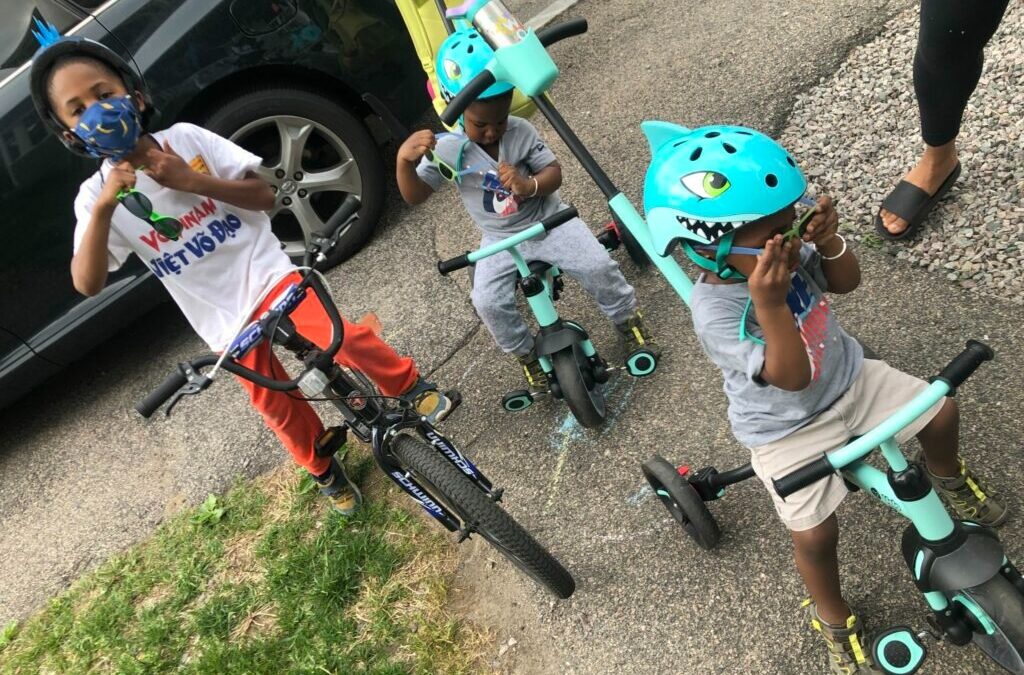When I was first diagnosed with my chronic illness in 2012, I planned to deal with my condition. It constituted a measure that had an important impact on the process. This 5-point plan would come to change and evolve over the years. Working through the set goals made me feel somewhat in control and gave me more and more confident with time.
A. Collaborate with the care team –
Dealing with chronic illness involves developing a sound relationship with your care team. We never know when we would be in the right hands, but we are fortunate enough to find the best match on many occasions. In any case, building trust and commitment with your team throughout engagement and involvement are necessary.
Through working with the care team, one can develop ways to best optimize their care and advocate for necessary changes and timely actions. Lastly, as time goes by, much appreciation and gratitude for each other’s contributions are found.
Some of the notes I made to myself were the following:
- Follow doctors and nurses’ prescriptions and instructions to the T.
- Ask questions, take notes of every symptom and observation (such as temperature, blood pressure, heart rate, food, liquid intakes, etc.), and regularly provide feedback to the care team.
- Learn, make notes, and document. Data and information would be my best friends. (Perhaps I’m biased to science, technology, and engineering here).
B. Seek and take advantage of calm moments –
Prayers, meditation, and much introspection have helped me develop the right mindset and work on my attitude and perceptions. For instance, I needed to change my attitude from ‘fighting’ to ’embracing’ my condition. I understood that my journey would be long, probably lasting for the rest of my life (whether for a day, few months, or multiple years), and that thus I’d rather go along this road as a happy person who smiles at the end.
C. Simplify –
Finding out about a potentially deadly heart condition at a young age is one of the most humbling experiences, and to some extent, to put it frankly – it causes mental fudge.
In one short moment, I would come to be reminded that time on earth may be shorter than one originally imagines. Death is certainly inescapable, but its imminence is even higher for people living with a similar condition to the one that I have. Yet, at the same time, no one knows when it will occur. Many are diagnosed. Others are not so fortunate. For those who are correctly diagnosed, anything is possible really – one can suddenly deteriorate and succumb one day, or one can live a fairly good life for a very long time.
At one point, the patient has to decide how to proceed amidst the condition and circumstances. One would objectively:
Review life goals, plans, and ambitions with regards to personal, professional, family, or social lives;
Clean-up relationships with family, friends, and others;
Check habits and behaviors;
Revisit and set new limits and boundaries (Important).
Essentially, I used that period to redefine myself as a person and what happiness means to me. Going forward, I decided to live by what I would call ‘balanced efficiency.’ I found it important to appreciate God’s sense of humor and take life more lightly, and enjoy humor in all circumstances. (More details later).
D. Diet & nutrition –
For a heart patient, healthy living is crucial. Diet and activity levels directly affect the body and the mind.
I have always been aware of my health, particularly what I eat and what I drink. For instance, I strive to limit my sugar intake to the point that I rarely drink juice or soft drinks despite my lovely tooth. However, I have still struggled with my guilty pleasure – chocolate. Despite this, I have made a lot of good progress.
In addition, with the diagnosis, I learned that I had to limit salt and adopt healthier habits in diet and nutrition. For that purpose, I approached a dietician for advice via health services provided at work. The registered dietitian’s advice came in two parts: living with cardiomyopathy and dealing with (chronic) fatigue.
With regards to living with cardiomyopathy:
- Limit salt.
– Cut back on salt gradually.
– Limit the amount of salt you add to food to 1 teaspoon per day.
– Taste your food before adding more salt.
– Be creative and use herbs and spices to flavor your foods.
– Limit foods that are high in hidden salt. These foods include some spices, processed meats, cheese, snacks, breakfast cereals, takeaways, and fast food, ready-prepared and frozen meals, sandwich spreads, stock: cubes and powder, tinned, cured and smoked meats and fish, packet and tinned soups, sauces and gravy, canned vegetables… and some sauces and condiments.
- Learn to read food labels.
- Choose low-salt and salt-free options.
- Eat plenty of fresh fruits and vegetables (My favorite).
- Lastly, lose weight, drink sensibly or quit smoking (Luckily, in my case, I didn’t have to worry about these).
With the fatigue:
The constant fatigue that I feel is one of the symptoms of cardiomyopathy as the weakened heart struggles to pump blood (and oxygen) around the body, making me feel like I have no energy. Below was the advice from the dietician:
- Drink 6-8 glasses of liquid per day (After my final diagnosis, this limit was reduced to 4 – 6 glasses). A glass measuring about 400ml of liquid (water, beverages, ice cream, …).
- Frequent meals.
- Eat a variety of foods.
- Eat low GI.
- Increase intake of beans, peas, and legumes.
- Eat whole-grain and whole-wheat foods such as whole-wheat bread, whole-wheat pasta, high-fiber cereals, and brown rice.
- Eat (at least) 2 fruits and 4 vegetables per day, preferably with skin, pips, and seeds.
- Eat foods that are rich in iron (prepared a certain way) and at the same time eat food with vitamin C.
- Iron tablets/supplements (I didn’t need this one).
- Lastly, limit your intake of caffeine, e.g., coffee, energy drinks, and small amounts of chocolate. Caffeine is a stimulant and will put more pressure on the heart, which you want to avoid with cardiomyopathy. Please be cautious of taking and diet pills and supplements as these often contain stimulants like caffeine, guanine, etc. Also, many energy drinks are high in caffeine and guanine. (Fortunately, I don’t drink coffee, rarely sip tea, and energy drinks don’t work for me).
E. Remain active –
Staying physically active and gradually building strength were very important to me. I figured being active would help me in many ways – body (metabolism, blood circulation…) and mind (dealing with stress, focus, spirit, and the thinking process…).
- Soon after my 6-week follow-up, (where we found out that I was responding well to the medicine and that the symptoms had started to improve), I decided to resume exercising (as safely and as much as possible). I would start at a slow pace and gradually increase the load, be consistent, and always do so in a safe environment.
- Living with a medical condition such as cardiomyopathy may place one at risk when doing exercise. To start with, I needed a new exercise programme, so after talking to my doctor who provided some guidelines, I went for some personal trainer advice.
- My exercise programme covered an even spread of aerobic exercise, muscular strengthening and flexibility exercises. To increase muscle toning and condition, I was advised to use low weight and high repetitions – which will also enhance muscle stamina. With both of these things, strength conditioning and flexibility exercises, they included stretching for all of the major muscle groups.
I regularly exercised at least twice a week. In addition, I played basketball on some occasions after training sessions and football at least once a week.
Of course, even with the best of plans, there would be good days and bad ones. On the days nothing works or when I am simply not able to go on – I wouldn’t mope, I would simply try again the next day and keep on improving.



0 Comments